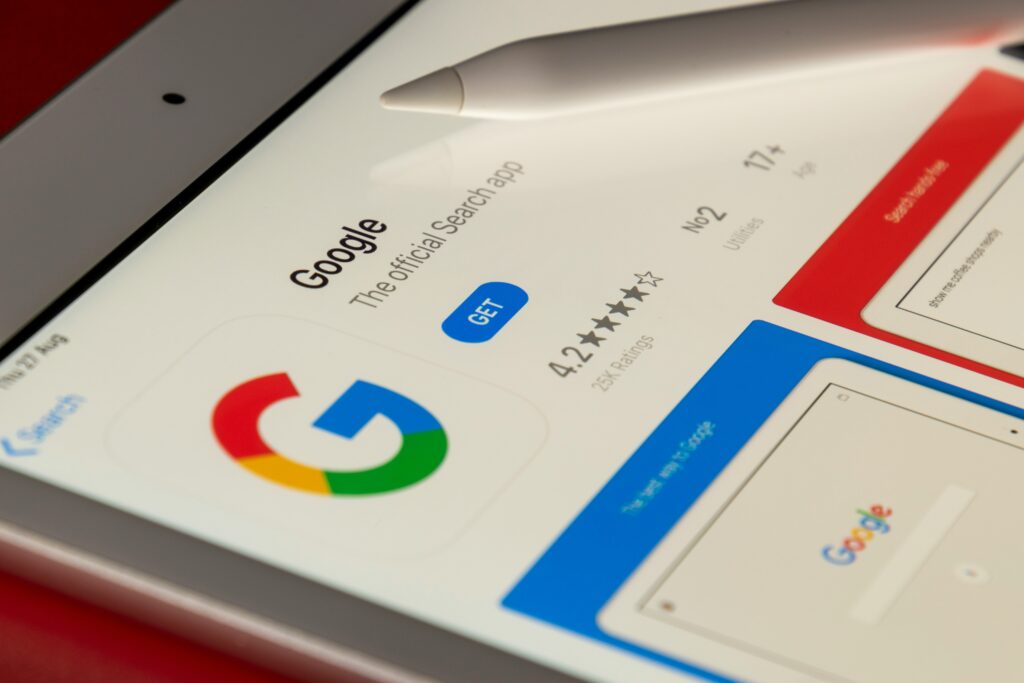Introduction: Why Content Still Dominates
In a digital world flooded with noise, content still does the heavy lifting when it comes to shaping how people see a brand. It’s not about catchy slogans or flashy ads anymore. It’s about showing up—consistently—and giving people something they actually care about. When a brand tells real stories, shares knowledge, or solves problems through its content, it earns attention. Over time, that attention breeds trust.
That’s the core shift: from promotion to connection. Storytelling now isn’t fluff—it’s a credibility builder. Audiences can smell sales tactics from a mile away, but they’ll stick around for a brand that educates, entertains, or inspires without constantly pitching. Good content delivers value upfront. That creates authority. And in return, people engage more. They click, comment, share, sign up—even buy.
And yes, this approach drives real numbers. Brands who do this right are seeing higher traffic from search and social. Longer time on page. Deeper scroll depth. Lower bounce rates. Better conversions. The data backs it: content is no longer a support act—it’s the main event. The brands that get this have stopped hunting quick wins. They’re building something that lasts.
Core Principles of Effective Content Marketing
First, ditch assumptions. Knowing your audience doesn’t mean having a persona slide in a deck—it means understanding what keeps them up at night, what they click without thinking, and what they scroll past. That kind of insight doesn’t come from guessing. It comes from listening, testing, and watching behavior across platforms.
Next: lead with value. If your content asks for a lot—attention, signups, money—but gives little in return, it won’t stick. Every post, video, article, or newsletter should earn its keep. Educate. Entertain. Solve something. People return to creators who give before they ask.
Consistency beats one-hit wonders. Going viral is cool, but relevance over time is what drives growth. Whatever your cadence—daily, weekly, biweekly—make it predictable. Train your audience to know when and where to find you, and show up, even when it’s not glamorous.
And finally, match your tone to the room. That means aligning your brand voice with the vibe of each platform. What works on LinkedIn feels flat on TikTok. What grabs on Instagram might flop in a podcast. Your voice should stay consistent, but your style should flex. Smart brands don’t shout the same message—they speak the local language wherever they show up.
Strategic Content Formats That Drive Performance
Choosing the right content format isn’t just a creative decision—it’s a strategic one. The medium you use should serve a clear purpose based on your goals, your target audience’s behavior, and where they are in the customer journey.
Know Your Format: Use Cases for Each
Understanding when to use which format helps maximize reach and engagement.
- Blogs: Ideal for SEO, thought leadership, and in-depth education on niche topics. Great for driving organic search and capturing long-tail queries.
- Videos: Perfect for platform engagement, product demos, or behind-the-scenes brand storytelling. Short-form performs best on social platforms, while long-form serves well on YouTube and embedded on site.
- Podcasts: Best for building loyalty and deepening relationships with your audience. Long-form audio is well-suited for professional insights or brand storytelling in niche communities.
- Infographics: Excellent for simplifying data, summarizing trends, or creating shareable “quick-learn” pieces on platforms like Pinterest or LinkedIn.
Long-Form vs. Snackable: Choose Based on Buyer Stage
Your audience’s readiness determines how much attention they’re willing to give:
- Top of Funnel (Awareness):
- Use bite-sized videos, social captions, short blogs or carousels
- Focus on quick value and sparking interest
- Middle of Funnel (Consideration):
- Use mid-length blogs, interviews, overview videos, or infographics
- Goal is to educate and deepen interest
- Bottom of Funnel (Decision):
- Rely on long-form content: case studies, webinars, whitepapers, how-to guides
- Build trust, authority, and credibility for conversion
Evergreen vs. Trending: A Balanced Mix
An effective content strategy blends durability with momentum:
- Evergreen content:
- Provides long-term value and ongoing SEO benefits
- Ideal formats: tutorials, FAQs, foundational industry pieces
- Trending content:
- Drives short bursts of high engagement via timely relevance
- Best for capitalizing on news, industry shifts, viral conversations
- Works well in ephemeral formats: Instagram Stories, Twitter threads, TikTok
Key Takeaway
Create content with purpose. Not every format fits every message—or every stage. Strategic selection creates a smoother journey, from first impression to loyal customer.
Leveraging Platforms the Right Way
“Content is king” gets tossed around a lot—and fair enough, without strong content, nothing else works. But the lesser-quoted half matters just as much: context is queen. Creating a thoughtful piece is step one. Delivering it in a way that matches the platform’s culture is where most brands fall short.
You can’t drop a five-minute video on LinkedIn and expect TikTok numbers. Likewise, formal, advice-heavy posts built for LinkedIn rarely move the needle on Instagram. Platform alignment isn’t about copy-pasting content; it’s about translating the message without losing the core. Know the vibe, know the audience. YouTube rewards longer narrative arcs, behind-the-scenes looks, and expert breakdowns. Instagram wants snappy visuals and micro-stories. On LinkedIn, thought leadership takes priority—often text-based, reflective, and tied to value.
Now, about syndication: smart content travels, but it shouldn’t wear the same outfit everywhere. Take one campaign, break it apart, and give each platform its own tailored version. Repurpose, don’t repost. That said, sometimes an original-for-platform approach pulls better results, especially if you’re building niche momentum. Consider your goals. Are you spreading a message far and wide? Syndication helps. Trying to drive engagement from a specific group? Go original.
Bottom line: great content earns attention, but context gives it staying power.
Measuring What Matters
Impressions are the tip of the iceberg. To actually understand whether your content is working, you’ve got to dig deeper. Engagement depth—how long someone stays, comments, clicks, shares—matters more than passive reach. So does retention. Are people sticking with your video or bouncing halfway through? Conversions, whether it’s newsletter sign-ups or product purchases, are the ultimate signal that you’re speaking to the right audience.
Generic analytics dashboards won’t cut it anymore. Tools like Google Analytics 4, TubeBuddy, and HubSpot’s content reporting offer sharper insight into what’s clicking and what’s not. Heat maps, dropout points, referral sources—this kind of data tells a story more valuable than vanity metrics ever could.
The pros don’t guess. They test headlines, switch up visuals, tweak CTAs—all based on hard numbers. If something’s not working, they fix it fast. Real performance data means you move with intent, not hope.
Advanced Tactics: SEO, Repurposing, and Native Integration
SEO isn’t flashy, but it’s the long game that keeps your content alive past the feed. Targeting smart keywords and answering real search intent lets your pieces get discovered months—or even years—after publishing. The best part? You can build evergreen traffic without chasing every algorithm tweak.
Now, let’s talk repurposing. One strong piece of content shouldn’t stop working after it’s posted. Break it down. Turn that podcast episode into a blog post, then carve out quotes for social, trim highlights into reels, expand the topic into a newsletter. The key is to remix, not repeat. Each slice needs slight adaptation to avoid fatiguing your core audience.
As for branded content, subtlety rules. Loud sales pitches kill trust. Effective native integration looks like real storytelling with genuine product placement—where readers or viewers get value first and branding second. Whether it’s a product mentioned in a behind-the-scenes vlog or a service quietly helping solve a problem mid-article, authenticity beats polish every time.
Case Study Snapshot
Content marketing isn’t theoretical—it’s driving measurable impact for media brands across the board. By aligning storytelling with strategy, these brands are reimagining how users discover, engage with, and stay loyal to their platforms.
Redefining the Customer Journey
Forward-thinking media companies are using content as the connective tissue between awareness and conversion. These brands aren’t just producing articles or videos—they’re crafting experiences that guide users from first touchpoints to repeat action.
Key tactics include:
- Creating binge-worthy content series to keep users returning
- Embedding opt-ins directly within high-value content to grow email lists
- Using interactive content (like quizzes, polls, and calculators) to nurture deeper engagement
Real-World Examples: Storytelling with ROI
Here are a few standout examples where content strategy delivered real business value:
- A Streaming Network: Launched a podcast series tied to upcoming shows, increasing early subscriptions by 28% through behind-the-scenes insights.
- A Digital News Brand: Developed explainer videos during election season that tripled average watch time and saw a 40% increase in ad impressions.
- A Lifestyle Publication: Used audience data to create segmented newsletters, significantly improving their click-through rates and cross-channel ad performance.
These aren’t just nice stories—they’re proof that well-executed content strategies move the needle.
For more perspective: Leveraging Social Media to Boost Media Engagement
Final Insights: Where Content Marketing Is Headed
Content marketing in 2024 is less about volume and more about alignment. We’re seeing a clear move toward brand-creator partnerships—not as one-off sponsorships, but as longer-term collaborations that feel mutual and authentic. Creators bring the trust; brands bring the infrastructure. Together, they tell better stories.
But here’s the catch: automation is everywhere. AI is touching everything from copywriting to social scheduling. It’s useful—until it dulls the message. The winning brands are using tech to speed things up, not flatten voices. Audiences still smell robotic scripting a mile off. Real wins come from creators who sound human, even when machines help draft the line.
And the brands winning long-term? They teach. Useful, actionable, no-strings-attached content builds trust. Whether it’s an explainer on sustainable fabrics or a tutorial on improving home audio, value-first storytelling is what keeps audiences coming back. It’s simple: educate your audience, and they’ll buy into more than just your product.




